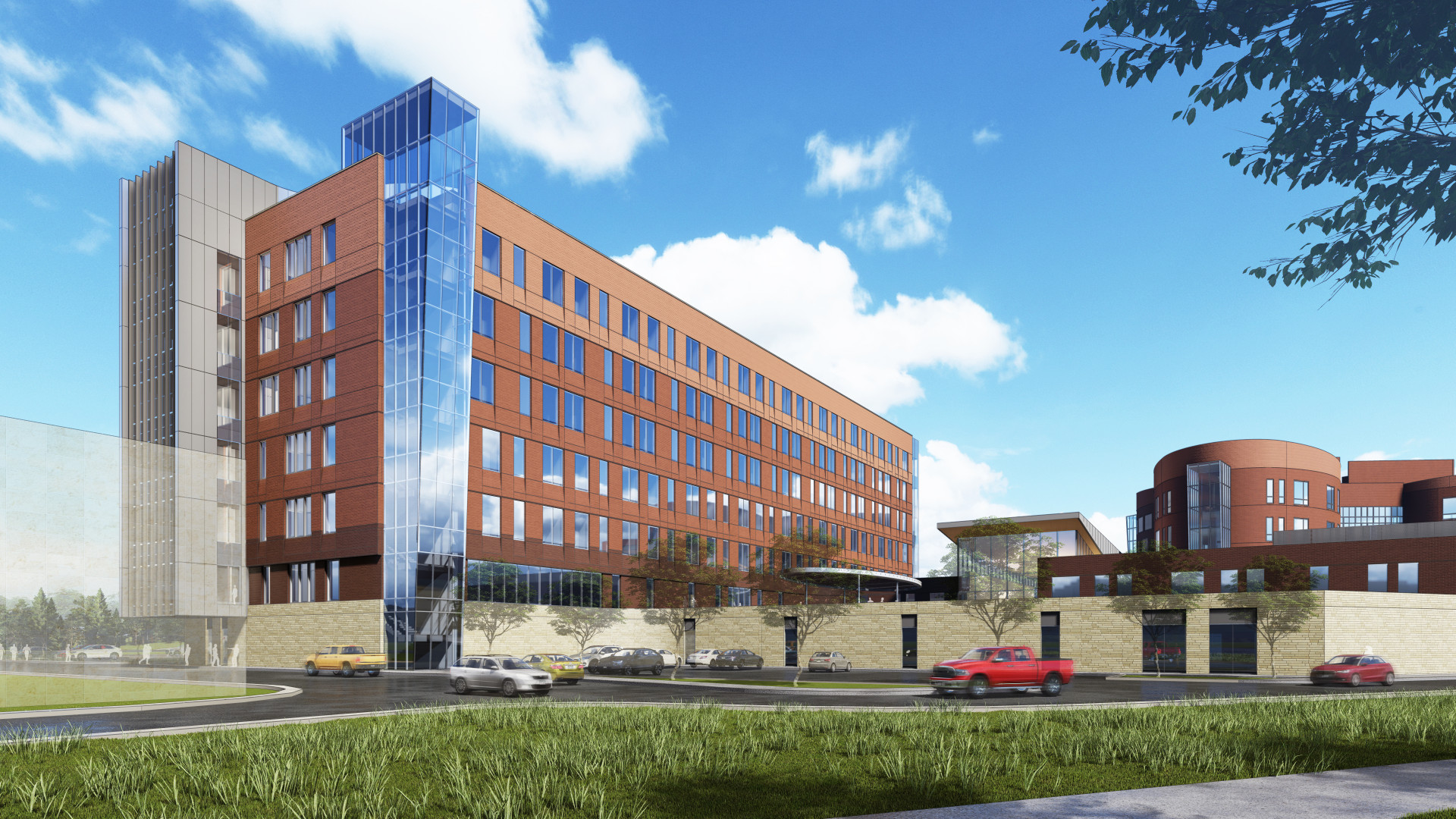Growing up, neuroscientist Judith Grisel would take little sips of alcohol at family events, but it wasn't until she was 13 that she experienced being drunk for the first time. Everything changed.
"It was so complete and so profound," she says. "I suddenly felt less anxious, less insecure, less inept to cope with the world. Suddenly I was full and OK in a way that I had never been."
Grisel began chasing that feeling. Over the years, she struggled with alcohol, marijuana and cocaine. But along the way, she also became interested in the neuroscience of addiction.
"I'm always interested in the mechanisms of things," she says. "And when I heard that I had a disease, I kind of felt naturally that that would have a biological basis, and I figured that I could study that biological basis and understand it and then maybe fix it."
Now it has been 30 years without using drugs or alcohol for Grisel, a professor of psychology at Bucknell University, where she studies how addictive drugs work on the brain. Her new book is Never Enough: The Neuroscience and Experience of Addiction.
Interview Highlights
On how drug and alcohol abuse affects the brains of young people
The changes in behavior that happen during adolescence are so important and lasting because the brain is forming permanent structures. So whatever you experience as an adolescent is going to have a much more impactful influence on the rest of your life trajectory than it would, say, if you did this at another time in development when your brain wasn't so prone to changing.
When the circuits are being laid down, if they're laid down under the influence of a drug, then they're going to be laid down differently than if it's not under the influence of a drug. If you start using at 28, when the circuits are already more or less set, then you're not going to have such a long-lasting impact. ...
Probably [the brain is] not mature until about 25, and this is a really critical time. We see definitely lasting changes on the brain and behavior. So binge drinking certainly predisposes toward alcoholism. It also alters the circuits, the connections, between nerve cells and the pathways, including the dopamine pathway. It's not just drinking early or how much you drink, but the pattern that you drink — and binge drinking is probably the worst pattern if you want to predispose toward problem use.
On how alcohol is like a pharmacological sledgehammer
Alcohol is such a mess. It's a tiny, tiny molecule, and it acts all over the brain in so many different pathways. It affects endorphins, as I said, and dopamine. It affects glutamate and GABA, the two primary excitatory and inhibitory neurotransmitters. It affects all kinds of ion channels. It's so small that it can act all over the place. And so it's been really hard to study. In fact, we still are just beginning to understand how it is that you feel drunk — what the mechanisms are for feeling drunk — because it acts kind of like a sledgehammer or just in a widespread way to disrupt all kinds of cell functioning.
On how cocaine is like a laser
Cocaine is the perfect opposite of alcohol in this way. It does one thing. It does it really effectively. It blocks the recycling of dopamine and other neurotransmitters like ... norepinephrine, and that enhances pleasure and enhances arousal and enhances movement. So it's very specific. It's easy to study, relatively, I should say, and much easier to understand how it works.
On how marijuana floods the brain
Marijuana is both like cocaine and like alcohol. So it's like cocaine in that its actions are very specific, and it's like alcohol in that those actions are all over the brain. ... It does one thing, but it does it everywhere. So for cocaine, it does one thing, but it does it in just a few pathways. Alcohol does many things all over the place. THC, the active ingredient in marijuana, does one thing more or less, but everywhere, and that thing is to enhance communication between cells, to enhance the message. So to kind of turn up the gain or the volume on a particular message that neurons are communicating. ...
When we smoke marijuana, the whole brain is flooded with THC, and that causes the cell-to-cell communication in cells throughout the brain to be enhanced or to be exaggerated. And that's really fun, because it seems like, "Wow, everything is so interesting! Everything is beautiful! The music is so rich! The colors are so wonderful! The food is delicious!" Everything at once is turned on. That's not how the natural system would work with discretion. ...
What's unfortunate is the brain does adapt to that, and it adapts by decreasing the number of sites that THC can have an effect [on]. So those sites downregulate, meaning they go away over time, and it doesn't take long, but ... the more you use and the more often you use, the less of those receptors there will be. ... When you take away the drug, then things seem sort of lifeless and gray and maybe less interesting.
Opiates make a user feel like they are not suffering, that they are completely content, completely comfortable, completely well, that everything is OK the way it is. And I think that for that reason they're so attractive, because often we don't experience that things are OK the way they are. So they are kind of a perfect antidote to suffering of any kind.
The problem is [that] if we reduce suffering and we produce euphoria using opiates, the brain adapts. And so now we don't feel high and completely content with them; we just feel not sick and miserable. And when we take them away, we feel full of suffering — much more suffering than we had started with to begin with. So the brain produces its own type of suffering.
On why she does not believe methadone is a good solution to opiate dependency
Methadone is a pure substitute addiction, so it takes the place of other opiates. It's easier for society because it's very long lasting, so people aren't going through this really intense period of withdrawal. ... It's cheap and it lasts a long time, and it makes the user not withdraw.
So for the rest of us, it's kind of a nice thing because these people who are opiate dependent are kind of out of the way; they're not so hard to deal with. But for those users — especially if they're young — it's even harder to get off of methadone than it is to get off of, say, heroin, because it lasts such a long time.
On how drug and alcohol use is so ingrained in society
It's just something to notice how much of society is focused ... on kind of buffering or escaping or mitigating reality in some way. And for people who can get away with that without self-destructing, I think that's something still to notice. But for the rest of us [who struggle with addiction] — and we're not really that rare — it's a pretty common disorder. ...
I do think we really, as a society, cannot get enough. It's everywhere. I also think, though, that it's important to ask individually, I guess, "Is this drug use enhancing my life, or is it diminishing it?" So for coffee I can say, happily, it's enhancing my life and the costs of a little tolerance and dependence are not so bad, because I can just drink three cups. But I think that is something that we have to go into our own hearts to know the answer to.
Sam Briger and Thea Chaloner produced and edited the audio of this interview. Bridget Bentz, Molly Seavy-Nesper and Scott Hensley adapted it for the Web.
9(MDEyMDcxNjYwMDEzNzc2MTQzNDNiY2I3ZA004))








